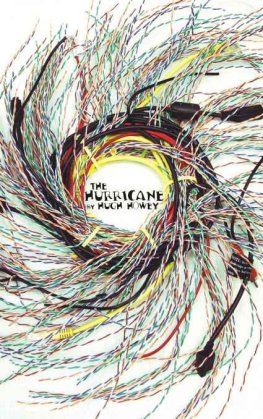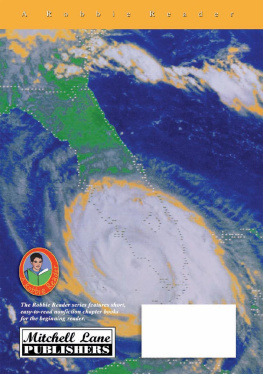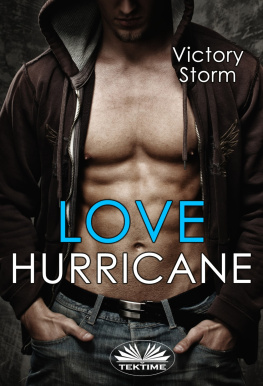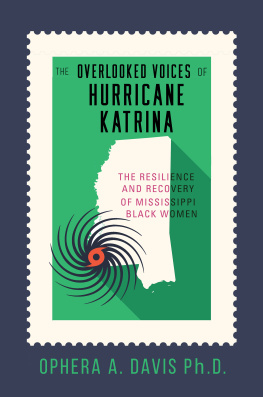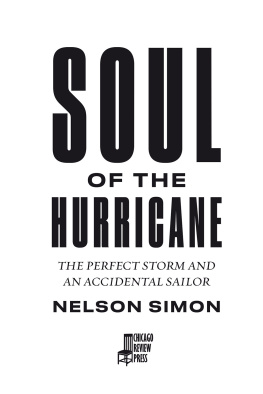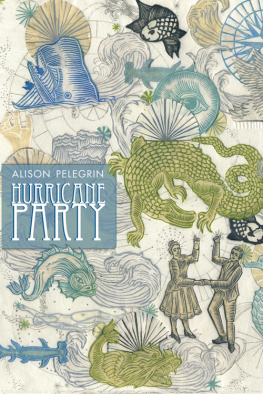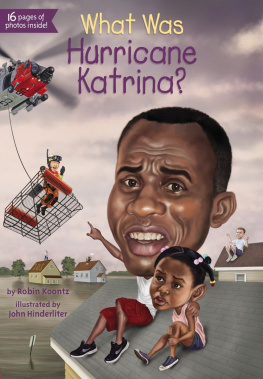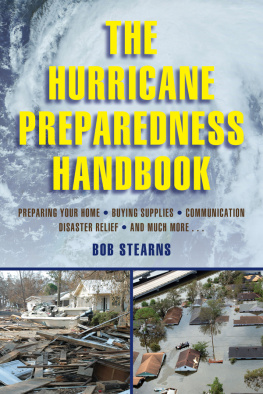Toomey - Stormchasers : the Hurricane Hunters and their fateful flight into Hurricane Janet
Here you can read online Toomey - Stormchasers : the Hurricane Hunters and their fateful flight into Hurricane Janet full text of the book (entire story) in english for free. Download pdf and epub, get meaning, cover and reviews about this ebook. City: New York, United States., year: 2003, publisher: Norton, genre: History. Description of the work, (preface) as well as reviews are available. Best literature library LitArk.com created for fans of good reading and offers a wide selection of genres:
Romance novel
Science fiction
Adventure
Detective
Science
History
Home and family
Prose
Art
Politics
Computer
Non-fiction
Religion
Business
Children
Humor
Choose a favorite category and find really read worthwhile books. Enjoy immersion in the world of imagination, feel the emotions of the characters or learn something new for yourself, make an fascinating discovery.

Stormchasers : the Hurricane Hunters and their fateful flight into Hurricane Janet: summary, description and annotation
We offer to read an annotation, description, summary or preface (depends on what the author of the book "Stormchasers : the Hurricane Hunters and their fateful flight into Hurricane Janet" wrote himself). If you haven't found the necessary information about the book — write in the comments, we will try to find it.
Toomey: author's other books
Who wrote Stormchasers : the Hurricane Hunters and their fateful flight into Hurricane Janet? Find out the surname, the name of the author of the book and a list of all author's works by series.
Stormchasers : the Hurricane Hunters and their fateful flight into Hurricane Janet — read online for free the complete book (whole text) full work
Below is the text of the book, divided by pages. System saving the place of the last page read, allows you to conveniently read the book "Stormchasers : the Hurricane Hunters and their fateful flight into Hurricane Janet" online for free, without having to search again every time where you left off. Put a bookmark, and you can go to the page where you finished reading at any time.
Font size:
Interval:
Bookmark:
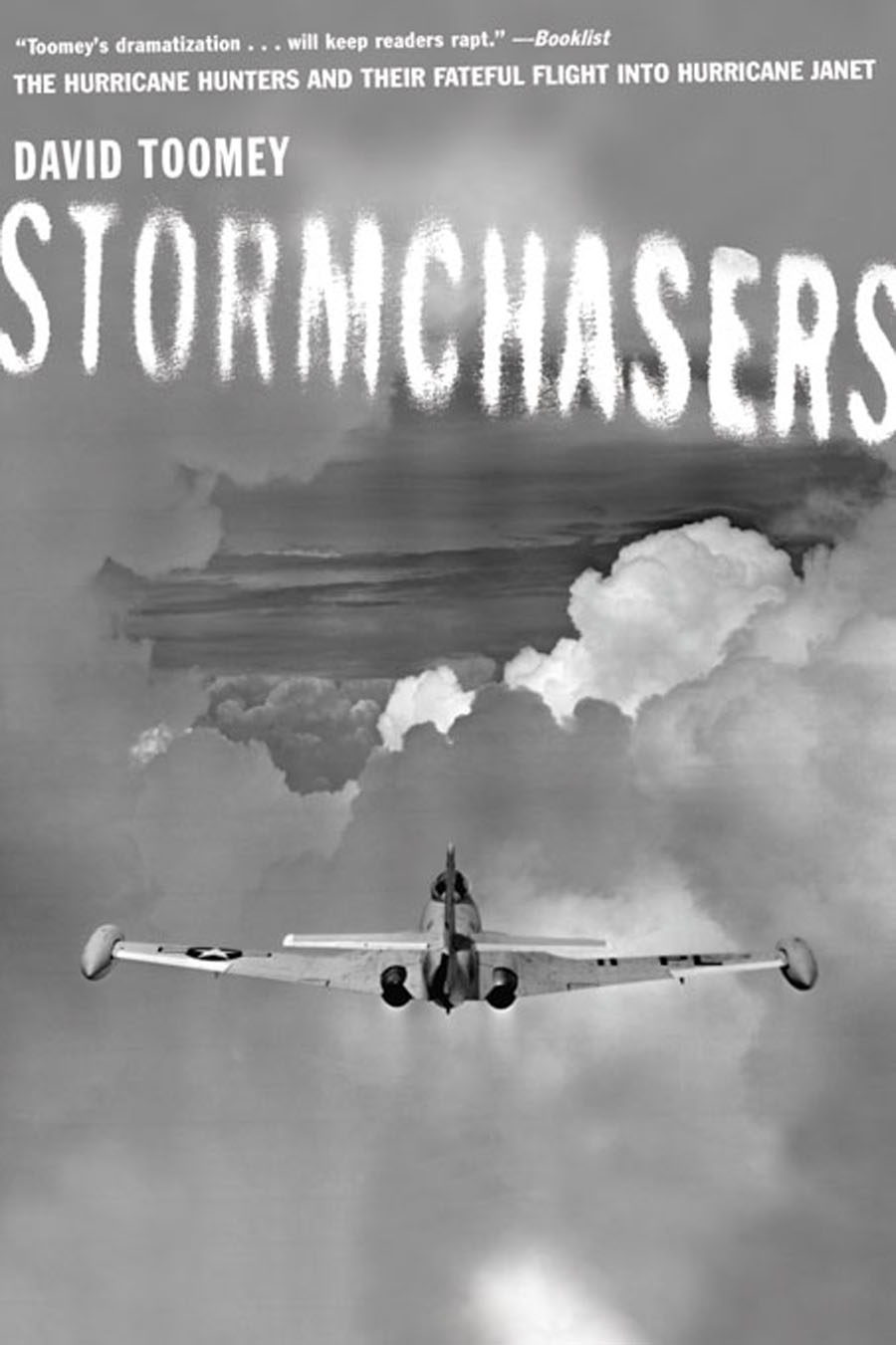
A LSO BY D AVID T OOMEY
Amelia Earharts Daughters:
The Wild and Glorious Story
of American Women Aviators
from World War II
to the Dawn of the Space Age
(coauthored by Leslie Haynsworth)

The Hurricane Hunters
and Their Fateful Flight
into Hurricane Janet
DAVID TOOMEY

W. W. Norton & Company
New York London
for my mother and father
The essence of the difference between meteorology and most sciences is the fact that meteorology studies a system that cannot be controlled by man. No adequate laboratory has ever been devised to simulate the atmosphere itself for study of the weather. Laboratory methods are useful for certain small-scale determinations; but in general the meteorologist must search for idealized processes that he considers most likely to occur, in lieu of controlled experiment in the laboratory. If the first selected ideal process fails to produce results that are in fair correlation with observations, he simply drops that concept and searches for another.
Handbook of Meteorology , p. 315
It may happen that small differences in the initial conditions produce very great ones in the final phenomena. A small error in the former will produce an enormous error in the latter. Prediction becomes impossible....
Jules Henri Poincare,
Science and Method
Contents
Acknowledgments
Many people contributed to this book, some in ways they may not realize. I want to express appreciation to Captain Ron Price and the staff of the Mid-Atlantic Air Museum in Reading, Pennsylvania, for allowing me aboard an operational P2V Navy Neptune; to Chris Landsea of the National Oceanic and Atmospheric Administration (NOAA) for explaining the phenomena in the hurricanes eye and recommending sources; to Engineer/Meteorologist Daniel Vietor of Unisys Corporation for answering questions on the history of hurricane nomenclature; to Tracie Barnes for engaging me in extensive correspondence on meteorological history and sharing her enviable knowledge of the peculiarities of violent weather; to Katherine Soniat, who as this project was in its early stages, told me hurricane stories of her New Orleans childhood; to Dr. Raphael Alvarado for sharing his insights into Mesoamerican views of hurricanes; to Dr. Mizan Khan for offering background on differential equations and the first electronic computers; and to Aira Dahlstrom for valuable comments on drafts.
The opportunity to meet and learn from the men who flew hurricane reconnaissance was a special pleasure and a privilege, and I am grateful for it. The men whose names follow shared generously their memories of events that transpired nearly half a century ago, and explained technical matters to a novice with patience: Dr. Ken Clift, Bob Fitzsimmons, Charlie Gertz, Donald R. James, Jim Mick, Rene P. Leger, Joseph Pausner Jr., and Dane Youell. This work benefited greatly from the assistance of Bud Shipman, who supplied detailed background and a pilots insight. I owe thanks to James Meyer for his friendship, and his willingness to explain a great deal to someone who began this work barely knowing the difference between an airman apprentice and a fleet admiral. I am especially indebted to John C. Haynie Jr. and Nancy Windham DeFevers for sharing memories of Grover Windham Jr.
I am grateful to Leslie Haynsworth, my once and future co-author, for offering friendship and perspective; to my editor Angela von der Lippe for taking a chance on the project and for helping me turn facts into narrative; to her assistant Stefanie Diaz for skillfully managing a hundred details of editing and production; and to the capable and resourceful staffs at W. W. Norton. As always, warm thanks to my agent David Hendin.
I am indebted to the staffs of the Navy Department Library in Washington, D.C.; the Jacksonville Public Library in Jacksonville, Florida; the National Museum of Naval Aviation in Pensacola, Florida; Mills Memorial Library of McMaster University in Hamilton, Ontario; the Carol Newman Library of Virginia Tech in Blacksburg, Virginia; and the W.E.B. Du Bois and Physical Sciences Libraries of the University of Massachusetts (Amherst). The authors of the books and articles whose titles appear in the bibliography provided me a wealth of background material, and I refer the interested reader to them for more complete histories of hurricane science and the weather reconnaissance crews of the U.S. Navy and U.S. Air Force.
Of course, any errors of fact are mine alone.
D.T.
Preface
Technology has a way of numbing us to history. It is easy to take for granted the comforts made possible by science and engineering, easy to forget the everyday hardships experienced by the human species during most of its existence. This cultural amnesia is perhaps nowhere more evident than in our relationship with the earths weather. In an era of satellite images, Doppler radar, computer models, and three-dimensional time-lapsed animations, in an era when anyone with access to cable television or the Internet can learn the five-day forecast for Kansas City or western Zimbabwe, it comes as a mild shock to realize that until the mid nineteenth century there could be no certain knowledge of whether it was raining or snowing at a location even a few miles distant. To be sure, there was a great deal of uncertain knowledge. Most preindustrial societies accumulated a wealth of meteorological folk wisdom, and a corresponding appreciation of natural indicators. Mackerel clouds, rings around the moon, red sky at morningall are traditional and fairly reliable signs of storms. The rippled altocumuli called mackerel clouds often precede steady rain or snow; those rings are reflections off cirrostratus clouds that often signal an approaching frontal system; and a red sky is made when the clouds of a storm system approaching from the west are illuminated by the rays of the rising sun.
It is true that our present insulation from the natural world has been purchased at the cost of such awareness. But it is also true that we have a tendency to romanticize prehistoric or preindustrial peoples, attributing knowledge of natural forces where there was only rumor and anecdote. For the preindustrial world, reliable weather forecasting was all but nonexistent. A practiced eye could see changes in clouds, and the barometer, in use since the 1660s, could hint at an approaching storm. But most meteorological knowledge was confined to conditions that were local and current. Matters began to improve greatly in the mid nineteenth century, when the telegraph made possible communication between weather stations at great distances. But it was only in the 1930s that the radiosonde allowed meteorologists a glimpse of atmospheric conditions at high altitudes, and only in the last forty years have Earth-orbiting satellites shown us the weather half a world away.
Among the more interesting periods in the history of our understanding of the atmosphere were the 1950s. In some ways, weather prediction was primitive. Graphical representations of weather systems were made with a marker pen on chart paper, and the most elaborate three-dimensional models of hurricanes were a few handfuls of cotton glued together to approximate the familiar anvil shape. Long-range airborne radar would have to wait for the next generation of aircraft, and the first televised picture from a satellite would not appear until 1960. It would be nearly a decade after that before the U.S. Navy would deploy its network of moored oceanic buoys, and forecasters would begin to detect wind speeds with Doppler radar. Although ground-based radar systems existed at some sites along the Atlantic and Gulf Coasts, the great majority of reports of developing storm systems came from ships that happened to be in their vicinity. Most events on the open ocean went unobserved.
Font size:
Interval:
Bookmark:
Similar books «Stormchasers : the Hurricane Hunters and their fateful flight into Hurricane Janet»
Look at similar books to Stormchasers : the Hurricane Hunters and their fateful flight into Hurricane Janet. We have selected literature similar in name and meaning in the hope of providing readers with more options to find new, interesting, not yet read works.
Discussion, reviews of the book Stormchasers : the Hurricane Hunters and their fateful flight into Hurricane Janet and just readers' own opinions. Leave your comments, write what you think about the work, its meaning or the main characters. Specify what exactly you liked and what you didn't like, and why you think so.


